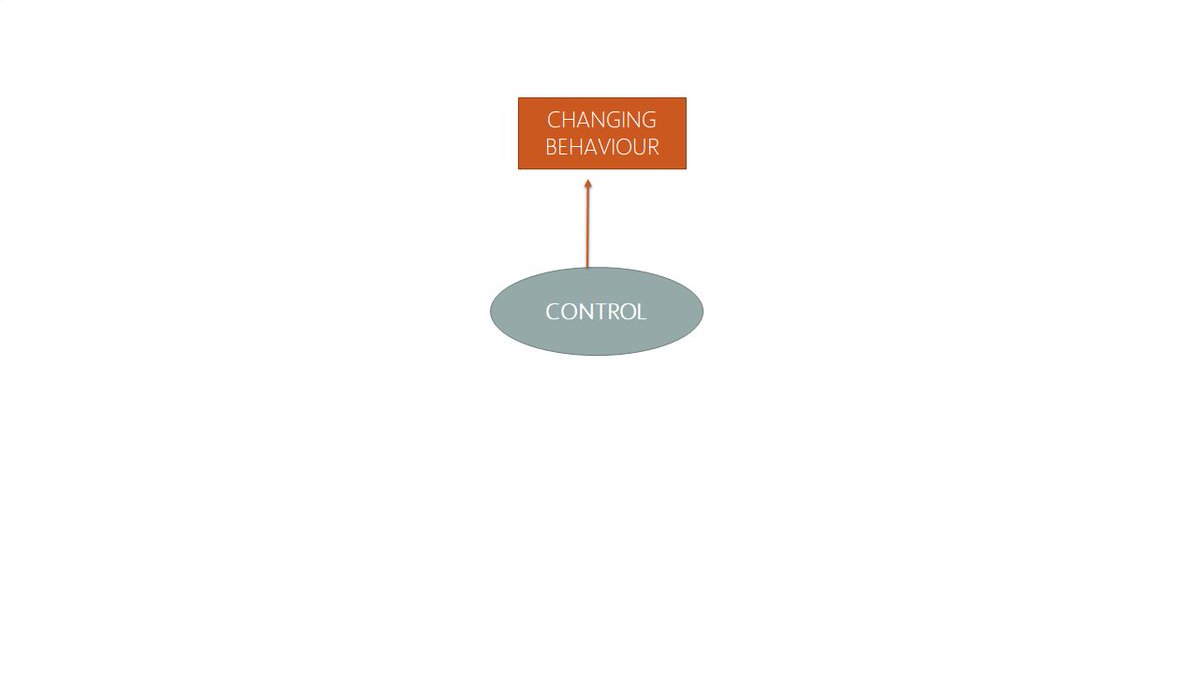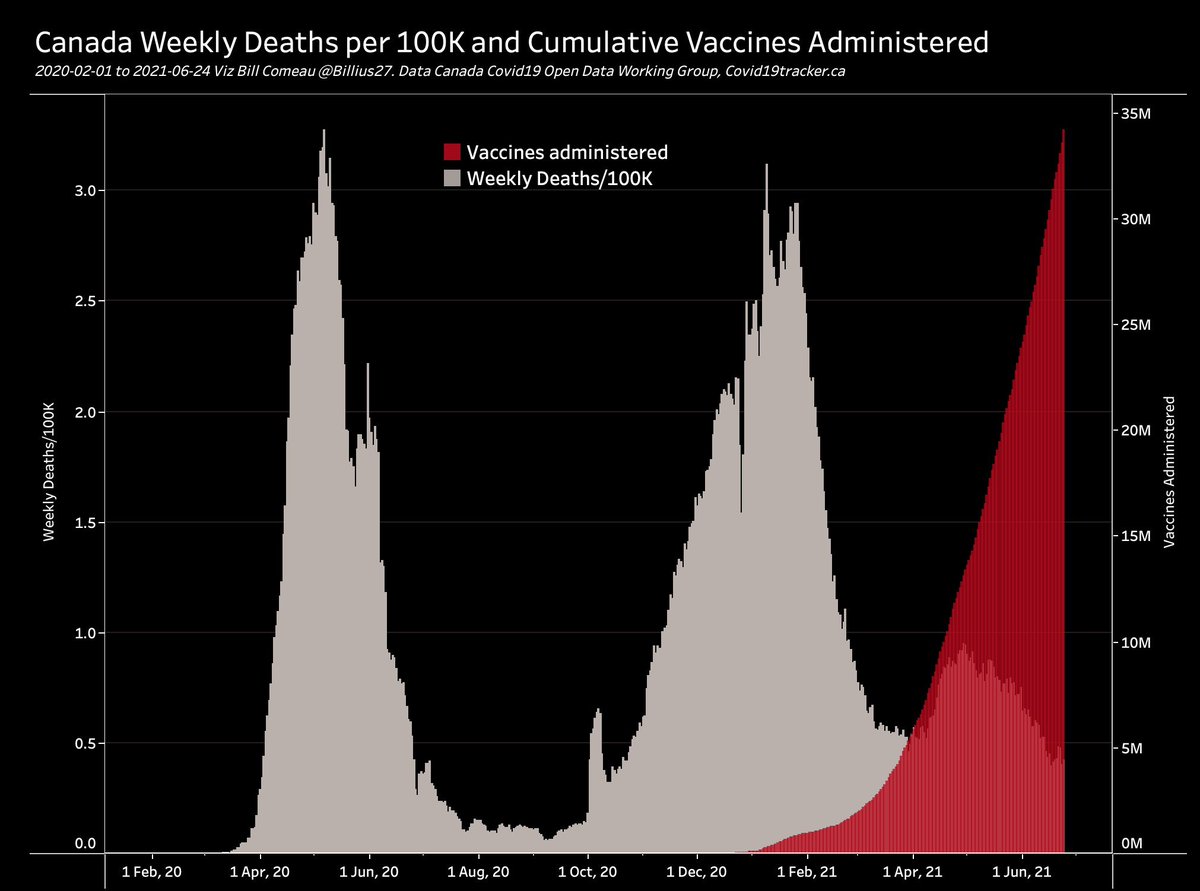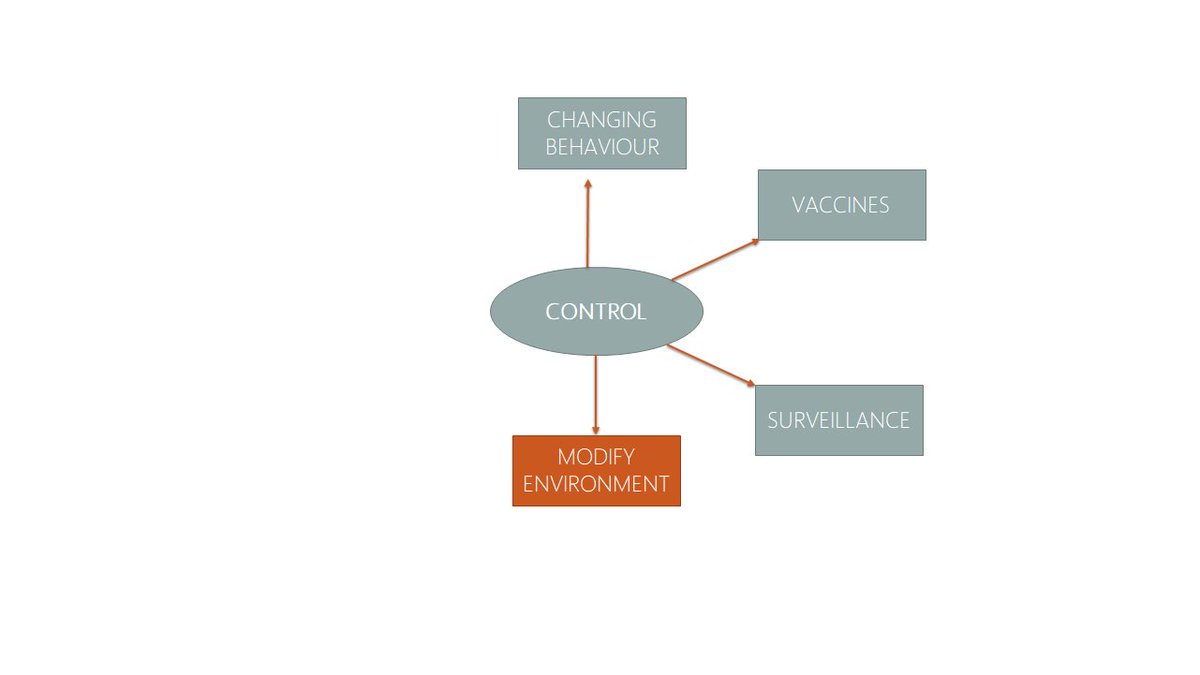
1/14
Do we need to remain in lockdown (forever) if #COVID19 herd immunity is not reached? **NO**
We have many measures to *control* the spread of infectious diseases.
Please read and consider sharing.
#epitwitter #onpoli #AcademicTwitter
Do we need to remain in lockdown (forever) if #COVID19 herd immunity is not reached? **NO**
We have many measures to *control* the spread of infectious diseases.
Please read and consider sharing.
#epitwitter #onpoli #AcademicTwitter
2/14
Herd immunity is when a significant proportion of the population becomes immune (through vaccines and prev. infection) to an infectious agent (e.g., virus), making the spread of the disease unlikely. As a result, the whole community becomes protected.
Herd immunity is when a significant proportion of the population becomes immune (through vaccines and prev. infection) to an infectious agent (e.g., virus), making the spread of the disease unlikely. As a result, the whole community becomes protected.
3/14
While herd immunity may never be achieved, we still see significant *herd protection* through vaccine and natural immunity.
👇👇Excellent thread here👇👇
While herd immunity may never be achieved, we still see significant *herd protection* through vaccine and natural immunity.
👇👇Excellent thread here👇👇
https://twitter.com/DFisman/status/1404405989848256520?s=20
4/14
In order to control the spread of SARS-CoV2, we must control the transmission pathways between the:
1. virus
2. host (i.e., us)
3. environment
These three components are called the “Epidemiological Triad.”
In order to control the spread of SARS-CoV2, we must control the transmission pathways between the:
1. virus
2. host (i.e., us)
3. environment
These three components are called the “Epidemiological Triad.”

5/14
So, what tools do we have to *control* spread of infectious diseases?
1. Changing our behavior to minimize the risk of exposure.
This includes handwashing, physical distancing, gathering in small groups / small social bubbles, etc. Continue to follow PH guidance!
So, what tools do we have to *control* spread of infectious diseases?
1. Changing our behavior to minimize the risk of exposure.
This includes handwashing, physical distancing, gathering in small groups / small social bubbles, etc. Continue to follow PH guidance!

6/14
2. Vaccinating against #sarscov2
Vaccines are one of this pandemic’s biggest success stories. We significantly reduced case counts, COVID-related hospitalizations, and deaths through direct vaccine effects and herd effects.
Image from: @Billius27
2. Vaccinating against #sarscov2
Vaccines are one of this pandemic’s biggest success stories. We significantly reduced case counts, COVID-related hospitalizations, and deaths through direct vaccine effects and herd effects.
Image from: @Billius27

7/14
3. Surveillance systems to help monitor spread, characterize patterns, and detect outbreaks
With this information, PH can prioritize disease control programs and provide vaccine programs/education (where applicable).
3. Surveillance systems to help monitor spread, characterize patterns, and detect outbreaks
With this information, PH can prioritize disease control programs and provide vaccine programs/education (where applicable).

8/14
Surveillance also gives PH the ability to detect cases early to **Test, contact trace, and isolate** affected individuals.
Surveillance also gives PH the ability to detect cases early to **Test, contact trace, and isolate** affected individuals.
9/14
4. Modifying our environment
Treating #COVID as #Airborne is one of this pandemic's biggest response failures. Changes to the environment may include upgrading ventilation (e.g., in schools.), reducing classroom sizes or the number of people in indoor spaces, etc
4. Modifying our environment
Treating #COVID as #Airborne is one of this pandemic's biggest response failures. Changes to the environment may include upgrading ventilation (e.g., in schools.), reducing classroom sizes or the number of people in indoor spaces, etc

10/14
5. Put in place infection control measures in health care facilities (e.g., LTC).
This might include vaccine programs for staff and patients/clients, providing *appropriate* PPE, isolating infected individuals, improve hand hygiene, put in place a surveillance system.
5. Put in place infection control measures in health care facilities (e.g., LTC).
This might include vaccine programs for staff and patients/clients, providing *appropriate* PPE, isolating infected individuals, improve hand hygiene, put in place a surveillance system.

11/14
6. *Other* broad measures that can be used to control virus transmission.
For example, improving social determinants of health, improving working conditions (e.g., paid sick days and parental support), and supporting businesses.
6. *Other* broad measures that can be used to control virus transmission.
For example, improving social determinants of health, improving working conditions (e.g., paid sick days and parental support), and supporting businesses.

12/14
There are also things like:
- supporting other countries to vaccinate their populations
- having a robust international surveillance system
- border infection control measures (#TestTraceIsolate travelers)
- border closure rules to reduce importation of new variants
There are also things like:
- supporting other countries to vaccinate their populations
- having a robust international surveillance system
- border infection control measures (#TestTraceIsolate travelers)
- border closure rules to reduce importation of new variants
13/14
7. Improving the way we treat COVID19
Improving treatments does not help control spread; however, we can manage those who become ill, and hopefully, reduce hospital stays and avoid ICU admissions and death. The goal is to limit #COVID19's impact on the healthcare system.
7. Improving the way we treat COVID19
Improving treatments does not help control spread; however, we can manage those who become ill, and hopefully, reduce hospital stays and avoid ICU admissions and death. The goal is to limit #COVID19's impact on the healthcare system.

14/14
These are just a few things public health can do to control the spread of infectious diseases. Happy to address concerns or provide additional resources for those interested 😊
Please add things that I missed.
These are just a few things public health can do to control the spread of infectious diseases. Happy to address concerns or provide additional resources for those interested 😊
Please add things that I missed.
@CheriDiNovo @jkwan_md @Billius27 @DFisman @vickyyyf @SabiVM @ScienceUpFirst @SharkawyMD @picardonhealth @MoriartyLab @AntibioticDoc
@MediaSmarts
@MediaSmarts
• • •
Missing some Tweet in this thread? You can try to
force a refresh































